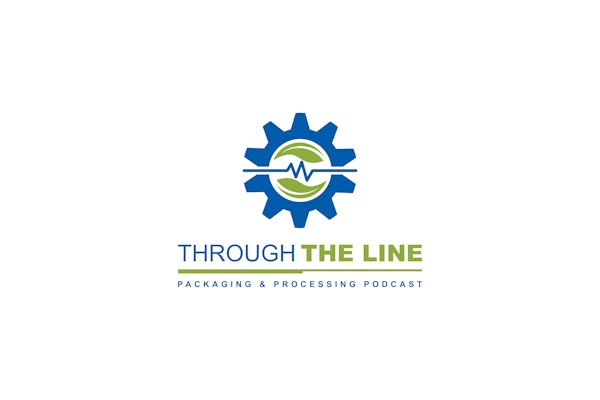
The Human Factors and Ergonomics Society (HFES) has released a new policy statement, “Supporting the Performance of Healthcare Teams,” which provides recommendations on leveraging human use requirements and human readiness levels in healthcare systems and technology, such as medical devices.
The policy statement notes that healthcare costs associated with system training, operations, and maintenance can be significantly reduced when the needs of the human are addressed early and throughout design and development. However, while the FDA provides guidance and regulations on the design and development of medical products and processes for use in a clinical setting, usability problems are often encountered by clinicians and patients, even though the products meet FDA standards for safety and efficacy. For example, hospital ventilators, which pass FDA human factors regulations, are often used in crowded clinical environments where even small usability features, such as the color of a button on the user interface that is not optimized to match the user’s expectations, can cause errors and slow the process of using the device.
The policy statement highlights the ANSI/HFES Standard 400 Human Readiness Level Scale in the system development process, which outlines the nine levels of the human readiness level (HRL) scale and offers guidance for their use in systems engineering and human systems integration processes. The HRL scale supplements the existing technology readiness level (TRL) scale by assessing the readiness of a technology or system for safe and effective human use. In healthcare, the HRL scale provides visibility to support decision-making in the design, development, and procurement of products and systems that aim to enhance healthcare outcomes and reduce costs.
HFES provides two main recommendations:
(1) The FDA should track the development of medical device design in meeting human use requirements per the ANSI/HFES 400 Standard as a part of its review of technologies for healthcare.
(2) Human readiness levels should be included as a requirement in the procurement, design, and development of government healthcare systems per the ANSI/HFES 400 Standard.
For more details and additional information on the recommendations to support the performance of healthcare teams and other issues, click here.






















